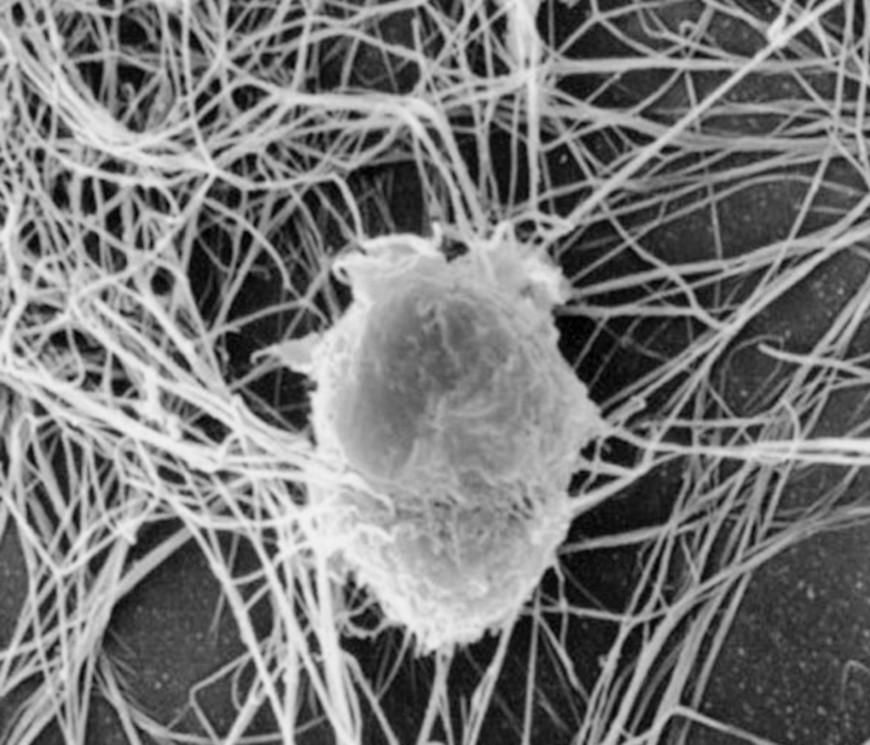Ipertermia e radioterapia nel tumore del polmone
Sinergia tra ipertermia e radioterapia nel tumore del polmone
 Il presente lavoro clinico pubblicato sulla rivista internazionale Lung Cancer nel Marzo 2012 prende in esame la sinergia tra radioterapia ed ipertermia oncologica nel trattamento di pazienti affetti da neoplasia polmonare recidivante non a piccole cellule.
Il presente lavoro clinico pubblicato sulla rivista internazionale Lung Cancer nel Marzo 2012 prende in esame la sinergia tra radioterapia ed ipertermia oncologica nel trattamento di pazienti affetti da neoplasia polmonare recidivante non a piccole cellule.
I pazienti vengono sottoposti ad una reirradiazione della neoplasia con aggiunta di ipertermia oncologica. Il tutto esita in un trattamento ben tollerato con buon risultato, portando un miglioramento della sopravvivenza.
Dr. Carlo Pastore
Re-irradiation plus regional hyperthermia for recurrent non-small cell lung cancer: A potential modality for inducing long-term survival in selected patients.
Source
Department of Radiology, University of Occupational and Environmental Health, Kitakyushu, Japan.
Abstract
PURPOSE:
The purpose of this study was to assess the toxicity and efficacy of re-irradiation plus regional hyperthermia for recurrent NSCLC and to identify the predictors of long-term survival.
METHODS AND MATERIALS:
A total of 33 patients with recurrent NSCLC treated with re-irradiation plus regional hyperthermia were retrospectively analyzed. The median total dose of initial radiotherapy and re-irradiation were 70Gy and 50Gy, respectively. A median of 5 hyperthermia treatments using an 8-MHz radiofrequency-capacitive device were applied during re-irradiation in all patients.
RESULTS:
Toxicity of Grade 3 was seen in 3 (9%) patients, and no Grade 4 or 5 toxicity was observed. The median overall survival, local control, and disease progression-free survival times after re-irradiation were 18.1, 12.1, and 6.7months, respectively. Eight patients achieved a long-term survival (more than 3years after re-irradiation), and 4 of them underwent a third round of irradiation for re-recurrent tumors. Univariate analyses showed that a smaller tumor size (<4cm) and the absence of distant metastases were significant predictors for a better overall survival. The absence of distant metastases was also found to be a significant predictor for better disease progression-free survival in the univariate analyses. In the subset analyses of 23 patients treated with hyperthermia using electrodes of 30cm in diameter, the use of a higher radiofrequency-output power tended to be associated with a better prognosis in terms of the local control rate.
CONCLUSIONS:
Re-irradiation plus regional hyperthermia for recurrent NSCLC appears feasible, with acceptable toxicity, and may be a promising treatment that can result in the long-term survival of patients without distant metastasis and larger recurrent tumors.
Copyright © 2012 Elsevier Ireland Ltd. All rights reserved.

 RSS
RSS 




